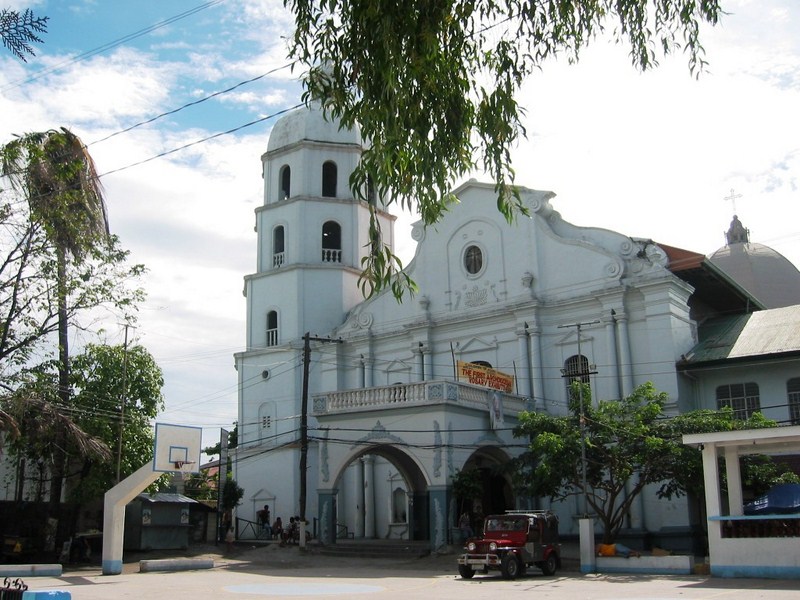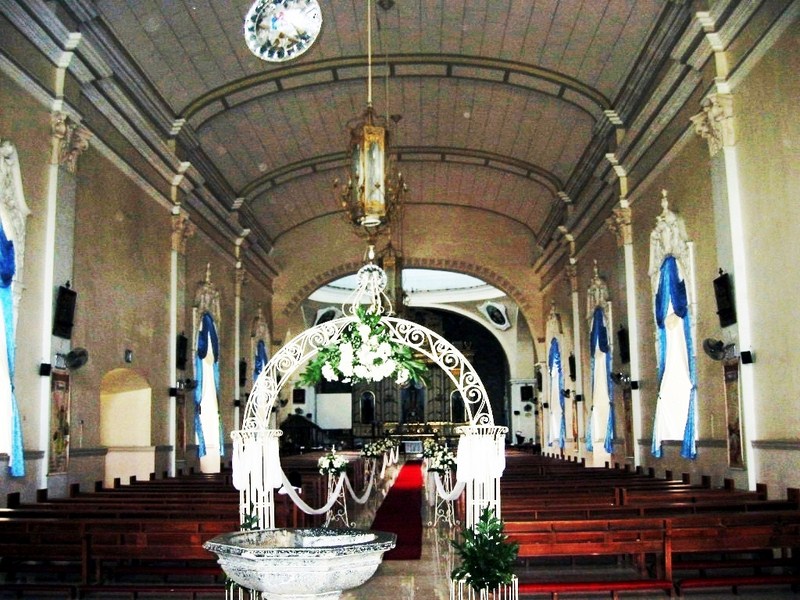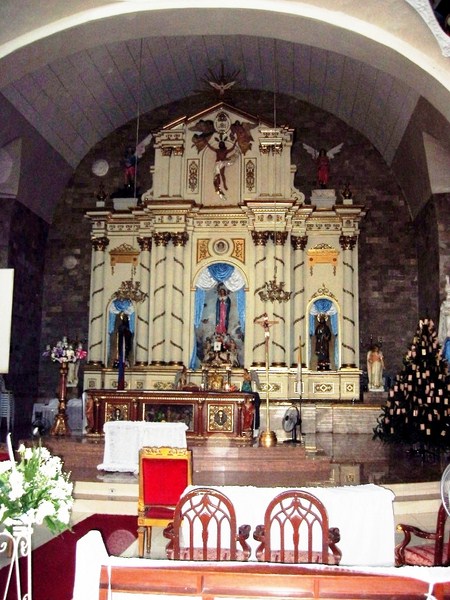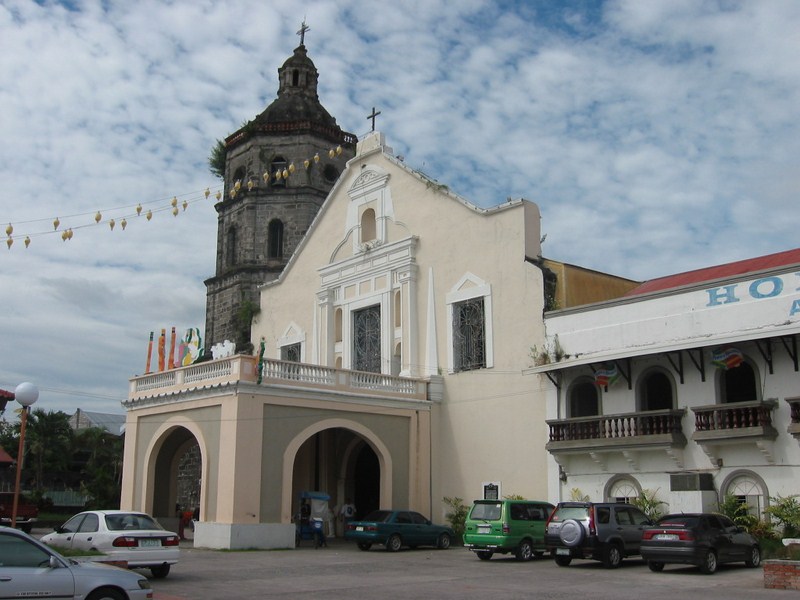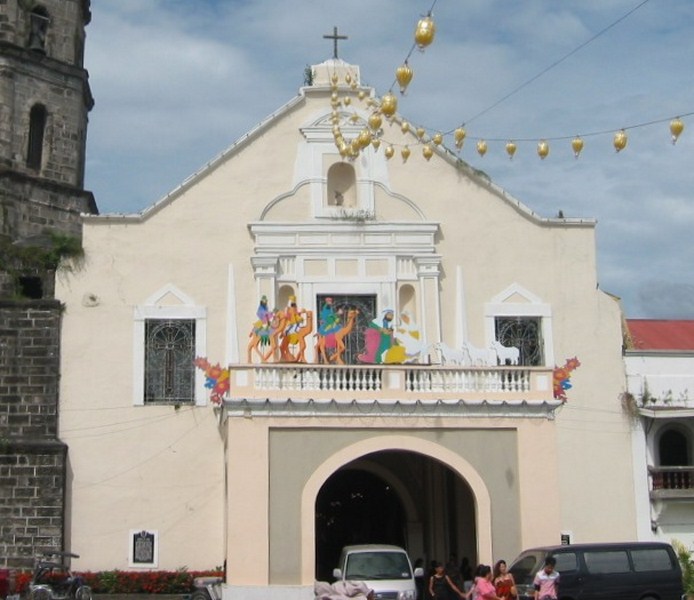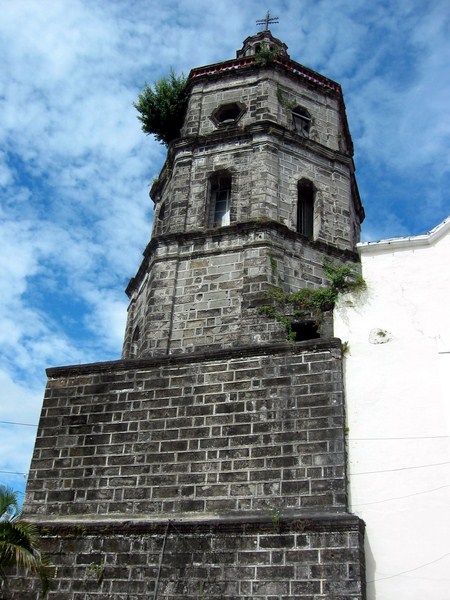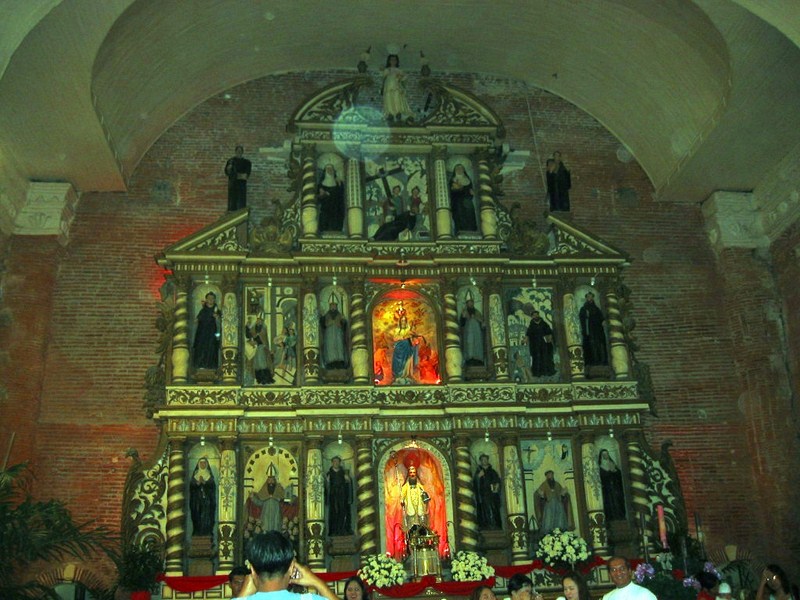| Postcard-pretty Basco |
Even for a seasoned traveler like me, getting to remote Batanes has always remained a dream. However, winning a round trip Asian Spirit plane ticket, via a raffle draw during my college’s Golden Anniversary celebration, made that dream a reality as I could choose from any of its destinations served. I chose the farthest – Batanes. After reserving and paying the other charges for the ticket (around PhP1,700), I wasted no time in making plans, summer having just ended and the rainy season just about to begin. This would be my first local trip alone, without family or friends to accompany me. I left Manila for Basco the morning (9:40 AM) of June 1, Thursday. The trip took all of 2 hrs., Basco being 483 air kms. from Manila. The plane also made a 30-min. stopover at Tuguegarao (Cagayan) Airport. It was just about lunchtime when I arrived in Basco Airport, tired, hungry and with a queasy stomach, the result of a very bumpy flight (now I know why the stewardess gave us mint candies prior to the flight).
| Asian Spirit plane at Basco Airport |
From the airport, I took a tricycle to the town center and checked in at one of Mama Lily Inn’s 3 fan-cooled rooms with common bath. This was to be my home for the 5 days I was to stay in this beautiful province. Basco, the lovely provincial capital and the center of commerce, is the biggest and most urbanized among the 6 towns of the province. It houses the provincial offices of most national government agencies as well as the larger business establishments and collegiate institutions. Formerly called Vasay, the town was renamed after Spanish Gov.-Gen. Jose Basco y Vargas.




